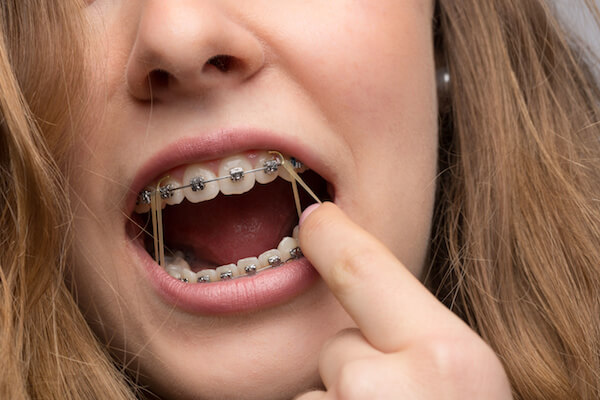Why Early Orthodontic Treatment is Best
The same principle you always hear your family physician talk about when it comes to your health applies to orthodontic treatment. Early intervention provides the best outcome! Your child’s first appointment with our Suntree orthodontist, Dr. Valderrama should happen no later than age 7. The American Association of Orthodontics recommends this as well. By age 7, a highly skilled family orthodontist, such as Dr. Natalia Valderrama, can identify many issues well in advance. Early intervention in these cases can ensure that your child’s smile, jawbone, and facial features develop properly over time, without any potential complications.
First Checkup with an Affordable Orthodontist
Your child will have several of their permanent teeth by the time they reach age 7. This means Dr. Valderrama can project how the rest of your child’s permanent teeth are going to come in down the road. By examining the child’s development to date, issues can be found as soon as possible. In many cases, everything is developing normally and no further orthodontic treatment will be recommended. Sometimes a potential problem can be spotted based on space on the child’s jaw, or the direction that a particular tooth is going to grow. In those cases, further monitoring at future appointments may be recommended.
In more rare cases, Dr. Valderrama can identify a problem that will impact your child’s smile, their jawbone, or even their facial features if early intervention is not done. In those cases, Dr. Valderrama will recommend a course of treatment to correct the problem. It’s always better to intervene early in these cases, to achieve the best possible outcome.
Problems Early Orthodontic Intervention Can Correct
When teeth are coming in misaligned or if a child has a jawbone that’s not large enough to accommodate all of their incoming permanent teeth, early orthodontic intervention may be recommended. Dr. Valderrama will explain the options to you after a potential problem is identified. Early intervention is strongly recommended for cases where a problem has the potential to become worse over time, if no action is taken.
Here are some of the most common issues where early intervention can lead to a much better outcome for your child:
- Teeth that are too crowded, or have too much space between them
- Underbites: An underbite occurs when the lower teeth rest in front of the upper teeth when the mouth is closed
- Crossbites: If the lower jaw is shifted to one side, so the upper and lower teeth are not aligned
- Teeth that come together abnormally, or that don’t meet at all
- Extra teeth or missing teeth that can change the direction of future permanent teeth
- Thumb-sucking or other habits that can impact the growth of the jaw or teeth
Treatment Options for Early Intervention
Your orthodontist has several options for early intervention treatments, based on the diagnosis of your child’s teeth. “Early intervention” is not as serious as it sounds! If a child has most of their permanent teeth by age 8 for example, they may be ready for affordable braces. Other dental appliances can be used to adjust the growth and development of the teeth. In certain cases, extraction of some baby teeth may be recommended in order to help the permanent teeth erupt in the right direction. Dr. Valderrama will walk you through all of the possible options to ensure the best outcome for your child.
Other Treatments Available at Valderrama Orthodontics
In addition to early orthodontic treatment for children, Valderrama Orthodontics offers many of the latest technological advancements in treatment for teens and adults. This includes but is not limited to:
- Invisalign in Suntre/Viera
- Invisalign Teen
- Clarity Advanced
- Incognito Hidden Lingual Braces
- Bride Braces & Engineer Braces
- Clear Correct
- Invisible Braces for Adults
- And much more!
Many adults who haven’t visited an orthodontist in a long time will be surprised at the technological advances that have been made in the profession. Many affordable treatment options are also available!
Contact an Affordable Orthodontist in Suntree/Viera
If your child is old enough for their first orthodontic visit, please give our office a call at (321) 425-5050 to schedule an appointment.










Let's Get Social